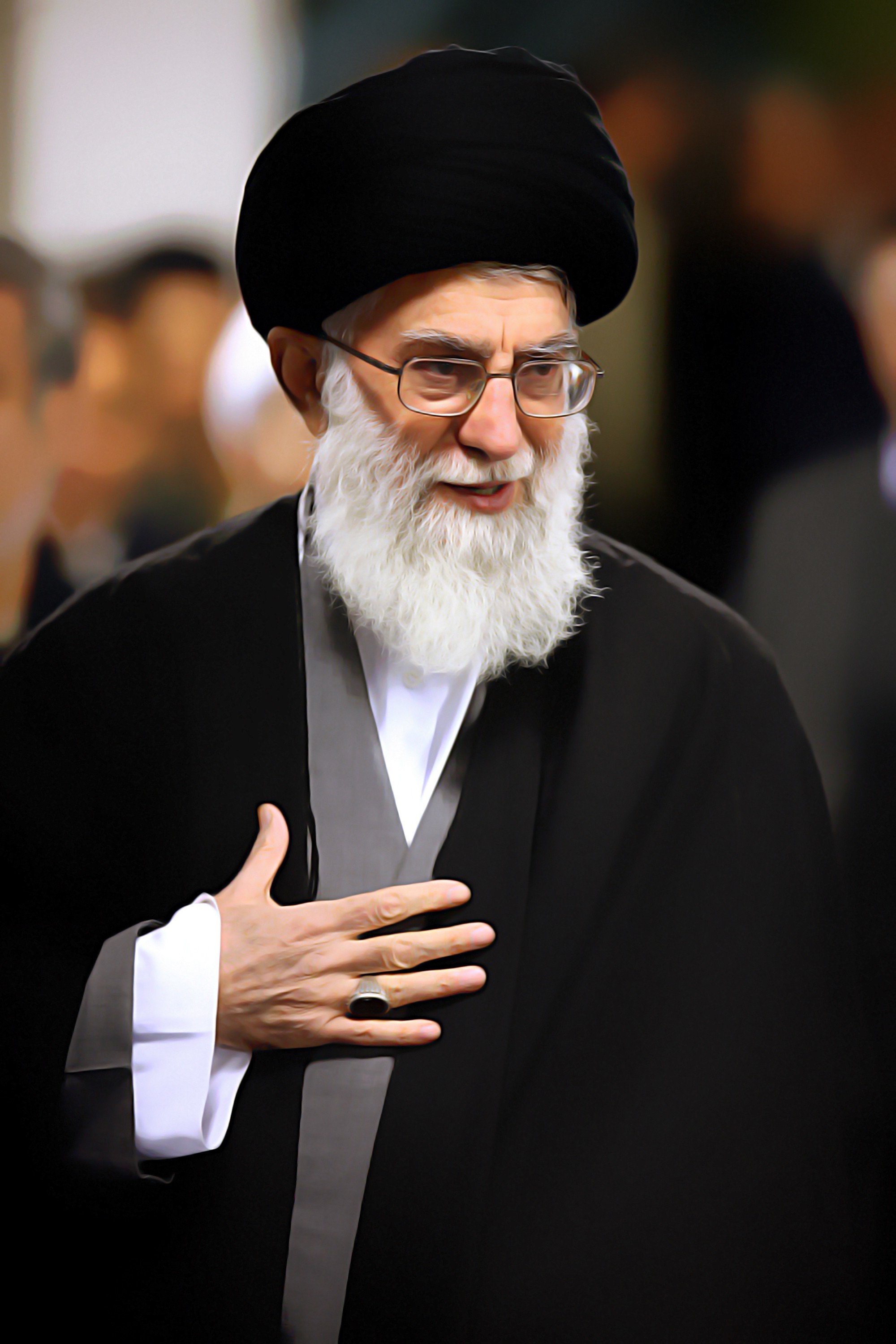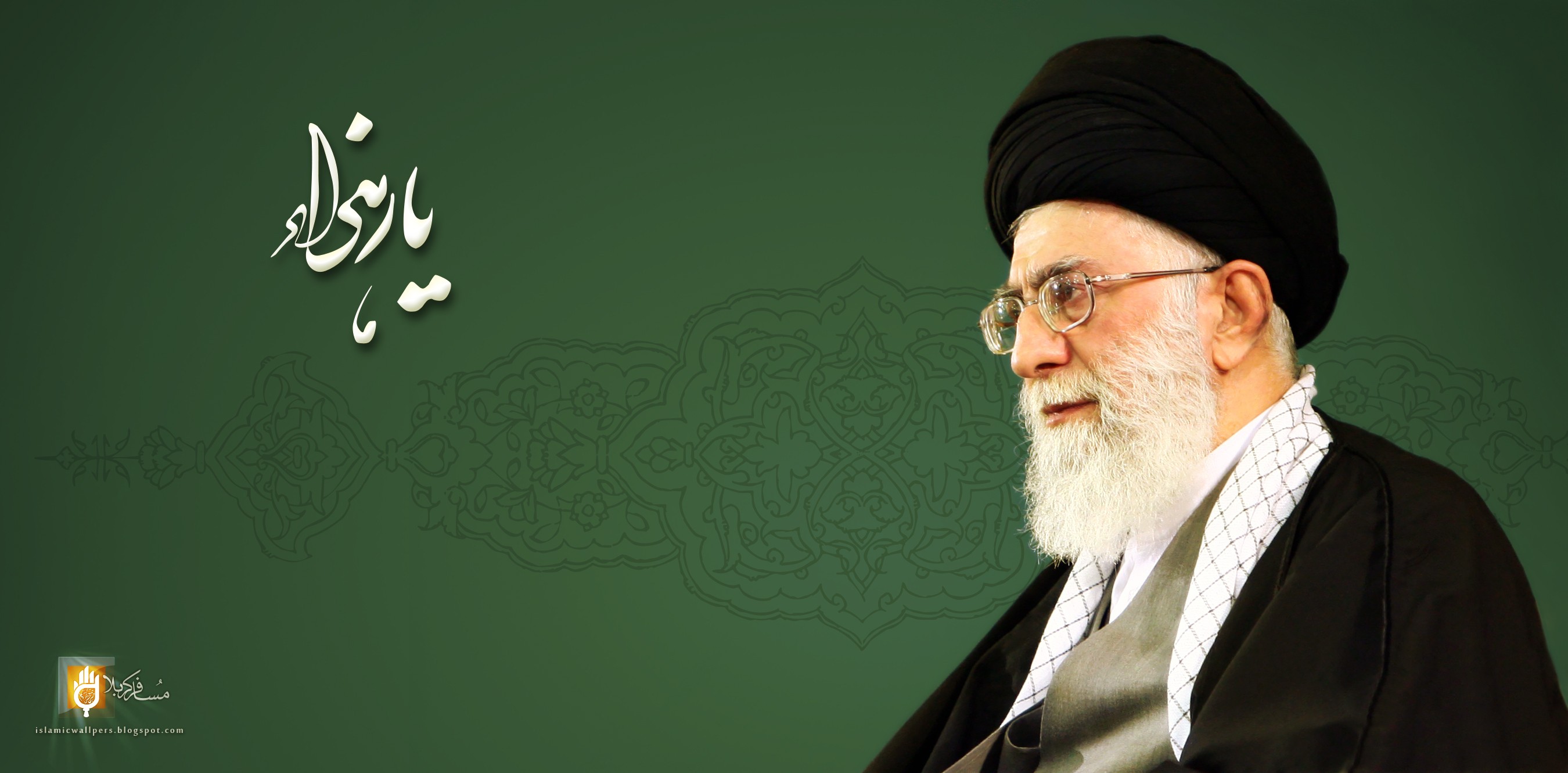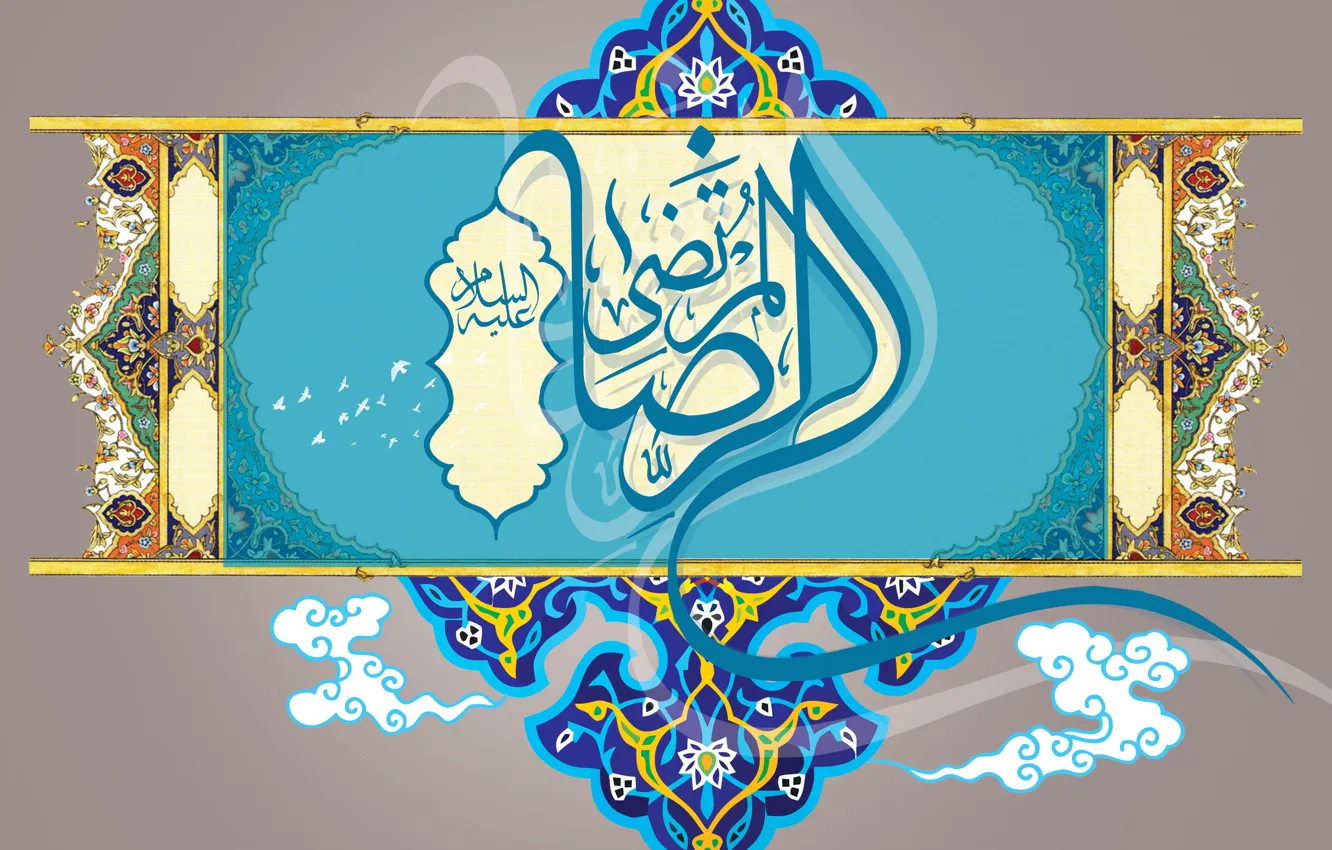Have you ever stopped to ponder the unique religious make-up of certain nations around the globe? It's really quite something, isn't it? When we talk about Iran, for example, a particular aspect of its religious identity often comes to mind for many people. This nation, you see, holds a very significant place when we consider the global distribution of Shia Muslims. It’s a topic that, in some respects, shapes a good deal of what we know about the country itself, and how it interacts with the broader world.
For those curious about how faith influences a country's character, looking at the numbers can be quite revealing. We're talking here about the sheer number of people who identify as Shia Muslims within Iran's borders. It's a statistic that, quite frankly, sets Iran apart from many other places, especially within its own region. The historical threads that have woven this particular religious fabric are, in a way, deeply embedded in the nation's story, stretching back through many generations.
So, we're going to take a closer look at these figures, exploring just how many people in Iran identify with this branch of Islam. We'll also touch upon how this specific percentage of Shia in Iran compares to the rest of the world and what that might mean. It's a subject that, honestly, offers a window into the country's past and present, helping us to get a better sense of its distinctive identity.
- Cast Of The Life List
- Final Jeopardy Questions And Answers
- When Did Whitney Houston Die
- George Strait Jr
- Kevin Gates Daughter Islah
Table of Contents
- The Core Numbers - What is the Percentage of Shia in Iran?
- How Does Iran's Religious Landscape Look?
- What About Shia Globally and Iran's Role?
- When Did Shia Rule Become Prominent in Iran?
- Understanding Population Figures for the Percentage of Shia in Iran
- Is the Percentage of Shia in Iran Unique?
- What Are the Main Shia Branches, and How Do They Relate to the Percentage of Shia in Iran?
- How Do These Numbers Influence Regional Dynamics?
The Core Numbers - What is the Percentage of Shia in Iran?
When we consider the religious make-up of Iran, the figures for the percentage of Shia in Iran really stand out. Government estimates from midyear 2023 suggest the country's total population sits around 87.6 million people. Of this sizable number, Iranian government figures indicate that Muslims form a very large portion, something like 99.4 percent of everyone living there. And within that significant Muslim population, a considerable share, somewhere between 90 to 95 percent, are identified as Shia Muslims. This, you know, gives us a pretty clear picture of the dominant religious adherence in the country.
Looking back a bit, the latest recorded value from 2013 showed this figure for Shia Muslims as a percentage of the total population was 90 percent. Interestingly, this number remained unchanged from the 2012 recording, also at 90 percent. So, for a few years there, it was quite stable. When we put this in perspective, comparing it to the world average, which is about 31.6 percent for Shia Muslims, Iran's figures are, quite frankly, remarkably higher. It truly underscores just how much of the global Shia population resides within this one country.
It's also worth noting that more than a third of all the world's Shia Muslims actually live in Iran. This is a very compelling statistic, showing the country's central role for this particular branch of Islam. The numbers also point out that while the vast majority are Shia, a smaller group follows the Sunni Muslim religion. In Iran, most Sunni Muslims tend to belong to various ethnic minority groups, which is a rather interesting demographic detail to consider.
- Actor Warren Beatty
- Sarah Becker Mtv
- Priscilla Chan Doctor
- Jayne Marie Mansfield Abuse
- George Straits Son Speaking Out
How Does Iran's Religious Landscape Look?
The religious landscape of Iran, particularly its ethnoreligious distribution as observed in 2009, shows a deep and complex history. Religion in this country has, in a way, been shaped by a multitude of different faiths and groups over the long course of its existence. It wasn't always predominantly Shia Islam, you see. For a very long time, Zoroastrianism was, as a matter of fact, the main religion followed by the people living in the region that is now Iran. This historical layering of faiths gives the country's current religious identity a richness that is quite unique.
The transformation to its current state, where the percentage of Shia in Iran is so high, happened over many centuries. It’s not something that occurred overnight, but rather through a slow and steady process of cultural and religious shifts. This historical journey means that even today, the echoes of past religious practices and the influence of various sects can be felt, shaping the country's social fabric and its people's ways of thinking. It's a rather intricate tapestry, if you will, woven with threads from different eras and beliefs.
Understanding this background is, in some respects, important for truly grasping the significance of the current religious composition. It helps us see that the dominance of Shia Islam, and thus the high percentage of Shia in Iran, is the result of a long historical narrative, not a sudden event. This long history of different religions and sects interacting has, arguably, given Iran a very distinct cultural and spiritual character that sets it apart from its neighbors and the wider world.
What About Shia Globally and Iran's Role?
When we look at the global picture, Shia Muslims make up about 10 percent of the total Muslim population worldwide. This is a figure that, you know, gives us a sense of their overall presence. While Shia communities exist in many places, most countries in the Middle East tend to have a Sunni majority. This makes Iran's situation, with its very high percentage of Shia in Iran, quite a distinct case within the region, and indeed, on the world stage. It’s a point that, in a way, often gets highlighted when discussing regional dynamics.
The predominantly Shia character of Iran has, as a matter of fact, historically created certain complexities in its relationships with neighboring countries. In areas where Sunni Islam is the prevalent faith, Iran's unique religious identity can sometimes lead to different perspectives and, at times, some tensions. There's a mention in some discussions that the transformation of Iran into what some perceive as an agitator for Shia movements in other Muslim countries seemed, to some, to confirm centuries of Sunni suspicions that Shia Arabs might, in some way, answer to Persia. This is a historical viewpoint that, it seems, has lingered in some circles.
This particular aspect of Iran's identity, the very high percentage of Shia in Iran, is something that, arguably, shapes its foreign policy and its interactions on a regional level. It's a defining characteristic that influences how it is perceived and how it operates within the broader Muslim world. The fact that such a significant portion of the global Shia population lives there naturally gives Iran a unique kind of influence and, perhaps, a sense of responsibility regarding Shia communities elsewhere. This dynamic is, honestly, a key part of understanding the country's regional standing.
When Did Shia Rule Become Prominent in Iran?
The prominence of Shia rule in Iran, and thus the establishment of a state where the percentage of Shia in Iran is reflected in its governance, really took a significant turn with the Iranian Revolution in 1979. This momentous event saw the overthrow of the existing monarchy, leading to a fundamental shift in the country's political system. Following this upheaval, the Islamic Republic of Iran was established, with Ruhollah Khomeini becoming the nation's first supreme leader. This was, in essence, the moment when the country's religious identity became deeply intertwined with its governmental structure.
This period marked a very clear departure from previous eras, solidifying the role of Shia Islam in the country's official identity and public life. It's a historical point that, you know, is often referenced when discussing modern Iran. Shortly after this major internal transformation, in 1980, Iraq invaded Iran, which further shaped the early years of the newly formed Islamic Republic. This external conflict, in a way, contributed to the solidification of the new political and religious order within Iran, as the nation rallied to defend itself.
It's also interesting to consider that Shia rule, in the sense of a Shia-majority government, is really only found in Iran. In other countries, even those where Shia communities form a majority of the population, they have historically been ruled by Sunnis. A notable example of this was Iraq under Saddam Hussein, where despite a Shia majority, the government was Sunni-led. However, that situation has, as a matter of fact, changed, and Shia are now politically strong there. This contrast highlights just how unique Iran's political structure is, directly reflecting the very high percentage of Shia in Iran.
Understanding Population Figures for the Percentage of Shia in Iran
Getting a clear picture of the population figures is, arguably, essential when we talk about the percentage of Shia in Iran. The government estimates the total population at 87.6 million as of midyear 2023. This figure gives us the overall pool from which the percentage of Shia Muslims is drawn. It's a pretty large number of people, of course, and it's constantly changing, as populations naturally do. These estimates are, in a way, crucial for understanding the scale of the religious demographics.
Going back a few years, the government estimated the population at 84 million in midyear 2019. This shows a steady increase in the overall number of people living in the country. Such population data is, you know, often gathered through various means, including independently conducted population studies and surveys. These different sources help to provide a more complete and, in some respects, accurate picture of the demographic landscape. The consistency in the high percentage of Shia within these growing population figures is, honestly, quite striking.
The ability to calculate percentages, whether it's the percent of a value, the value of a percent, or even the percentage change, is, of course, very helpful in understanding these demographic shifts. While the core message here is about the percentage of Shia in Iran, the tools and methods used to arrive at such figures are, in a way, part of the broader discussion of population analysis. These calculations help us to grasp the proportion of Shia Muslims relative to the total population, giving us a very tangible sense of their presence.
Is the Percentage of Shia in Iran Unique?
The question of whether the percentage of Shia in Iran is unique is, in some respects, answered by looking at the broader geopolitical context. As we've touched upon, Shia rule, meaning a government predominantly led by Shia Muslims, is found only in Iran. This is a very significant point, as it sets Iran apart from other countries, even those where Shia communities form a majority of the population. It's a situation that, quite frankly, doesn't have many parallels elsewhere in the world.
This distinctiveness stems from the fact that in many other nations, even where Shia numbers are substantial, they have historically been governed by Sunni leaders. The shift in Iraq, where Shia are now politically strong after a period of Sunni rule under Saddam Hussein, highlights how rare Iran's consistent Shia-led governance truly is. This unique political landscape, which directly reflects the very high percentage of Shia in Iran, has, arguably, had a profound impact on the country's internal development and its external relations.
The idea of Iran's "transformation into an agitator for Shia movements" in other Muslim countries, as mentioned in some discussions, is also tied to this unique position. Whether one agrees with that characterization or not, the fact remains that Iran's identity as a Shia-majority, Shia-governed state gives it a particular role and, perhaps, a sense of responsibility or influence over Shia communities beyond its borders. This is a dynamic that, you know, is very much a part of the regional discourse and how Iran is perceived by its neighbors.
What Are the Main Shia Branches, and How Do They Relate to the Percentage of Shia in Iran?
The source text mentions that "the three main shia branches are," which, you know, points to the existence of different groupings within Shia Islam. While the text doesn't go into detail about what these branches are, the very idea of them is important for understanding the broader Shia world. These branches represent different interpretations and lineages within the Shia tradition, each with its own history and followers. The fact that Iran has such a high percentage of Shia means that, in a way, it is a central hub for many of these followers, regardless of their specific branch.
The overall percentage of Shia in Iran, whether they belong to one specific branch or another, is what truly defines the country's religious identity. It's not so much about the internal distinctions for the purpose of this discussion, but rather the collective adherence to Shia Islam that gives Iran its distinct character. This collective identity is, arguably, what has shaped its historical trajectory and its contemporary standing. The presence of these various branches within the broader Shia community contributes to the richness and, perhaps, the diversity of thought within the larger Shia world, even if Iran's dominant form is well-established.
So, while the specifics of "the three main shia branches" are not detailed in our source, their existence highlights that Shia Islam, like many faiths, has its own internal variations. For Iran, the key takeaway is the overwhelming proportion of its population that identifies as Shia, making it a very significant nation for this faith. This high percentage of Shia in Iran is, essentially, the bedrock of its religious and political identity, regardless of the nuances of different internal groupings within Shia Islam. It's a very defining feature, to be honest.
How Do These Numbers Influence Regional Dynamics?
The significant percentage of Shia in Iran, and the country's predominantly Shia character, have, as a matter of fact, deeply influenced regional dynamics. There's a historical narrative, mentioned in some contexts, that "the cunning shia planned to build a state stretching from iran through iraq, syria and lebanon to the gulf kingdoms." This perspective, whether accurate or not, points to long-standing suspicions and strategic considerations in the region. The idea that by "attacking shia in their religious, political, and military depth," one could counter such perceived ambitions, reflects a certain mindset that has, arguably, played a role in regional conflicts.
This historical backdrop, coupled with Iran's unique religious composition, means that its actions and policies are often viewed through a sectarian lens by its neighbors, especially in regions where Sunni Islam is prevalent. The "transformation of iran into an agitator for shia movements in muslim countries" is a viewpoint that, it seems, has been used to explain some of the centuries-old Sunni suspicions that Shia Arabs might, in some way, answer to Persia. This kind of perception, regardless of its foundation, can certainly contribute to complexities in inter-state relationships.
The sheer numbers, the very high percentage of Shia in Iran, give the country a kind of weight and influence that is different from other nations in the Middle East. This demographic reality, in a way, means that Iran's relationships with countries having a Sunni majority are often shaped by these historical and religious differences. The way these numbers play out on the regional stage is, honestly, a very intricate dance of politics, history, and religious identity, where the specific religious make-up of Iran is a central, defining factor.
This article has explored the significant percentage of Shia in Iran, drawing from available data and historical context. We've seen that a very large portion of Iran's population identifies as Shia Muslim, making it a unique country in the global Shia landscape. We've also touched upon how this demographic reality has shaped Iran's history, its political system following the 1979 revolution, and its complex relationships with neighboring countries, particularly those with Sunni majorities. The figures and historical accounts provided paint a picture of a nation where religious identity, specifically the prevalence of Shia Islam, is deeply woven into its very fabric and its interactions on the world stage.
Related Resources:



Detail Author:
- Name : Estel Fahey
- Username : foster44
- Email : ona.senger@gmail.com
- Birthdate : 1988-11-16
- Address : 78572 Mills Mills Apt. 926 South Destany, NY 29791
- Phone : +15179042961
- Company : Hartmann, Murphy and Luettgen
- Job : Chiropractor
- Bio : Unde sunt aut sint atque in commodi ut ipsa. Fugiat et quia placeat accusantium qui atque. Qui quia mollitia dolores in eveniet. Libero sapiente assumenda rerum deserunt quis.
Socials
twitter:
- url : https://twitter.com/karlee3181
- username : karlee3181
- bio : Impedit quia officiis magnam quaerat porro. Modi sint laboriosam et. Eveniet perferendis aut dolores reprehenderit quo.
- followers : 1765
- following : 1983
linkedin:
- url : https://linkedin.com/in/karlee7373
- username : karlee7373
- bio : Ut eos reprehenderit est vero.
- followers : 468
- following : 768
instagram:
- url : https://instagram.com/karlee.grimes
- username : karlee.grimes
- bio : Nam ipsa dolore perferendis iste. Ut maiores reprehenderit cum.
- followers : 6056
- following : 2762
tiktok:
- url : https://tiktok.com/@karlee_dev
- username : karlee_dev
- bio : Sed id facere ea sint repellat.
- followers : 6038
- following : 618
facebook:
- url : https://facebook.com/karlee_grimes
- username : karlee_grimes
- bio : Officia id quod placeat consequuntur commodi qui facilis.
- followers : 1592
- following : 2844